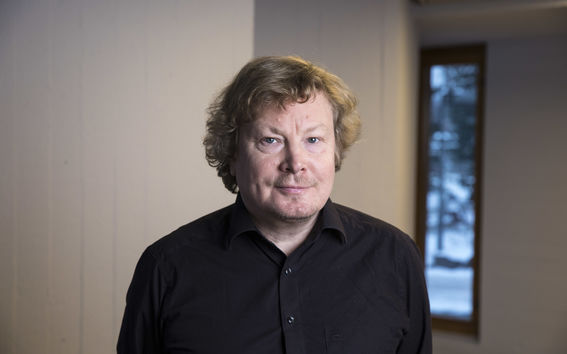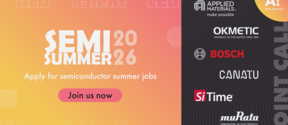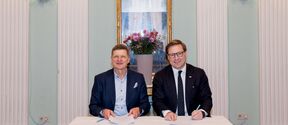Making sense of a being

Professor Harri Laakso, what do you research and why?
My field is photography research. Since photography is related to so many different things, my research also covers a wide range of topics about the uses of photography and related technology. I am particularly fascinated by how images are part of the research entity. A photograph is much more than just a snap on a wall, in a book, or on a cell phone - I want to understand what kind of a creature, phenomenon or event it is.
How did you become a researcher?
I have studied photography in New York and Helsinki. I became a researcher because I wanted to explain and conceptualise the things that happen in photography. I did a doctoral thesis on the subject, and since then I have worked in various positions if this field, for example, as a curator and as a regional artist of photography. Alongside theoretical thinking, I often make small photographic research experiments.
What have been the highlights of your career?
This professorship is definitely one of them. I have long been a professor in the field of art, but now I feel that I am really focusing in on my specialist subject.
On the other hand, I enjoy the small observations that sometimes arise after long periods of thinking and contemplation.
What is required from a researcher?
I always say to my postgraduate students that the most important thing to have is a really solid interest in the subject. If they have this, it will help them persevere and overcome difficulties.
As well as a keen interest and curiosity, it is also crucial to be able to identify important new things along the way, especially those coming from outside one's own thinking.
What do you expect from the future?
Since I have a long history at Aalto University, I already have many interesting projects in progress. As a researcher I hope to have new postgraduate students I can help and support. My long-term dream is to start a couple of book projects and to work on them without undue haste.
For a couple of years, I led the University-Wide Art Studies courses (UWAS), aimed at all Aalto University students. Now, the responsibility for leading those courses is moving to others, but I will continue to teach these courses whenever possible. At least for the next year we have a course on urban photography planned. It always broadens your horizons to teach people whose traditions come from outside your own field.
Harri Laakso and other recently tenured professors at Aalto University will talk about their research at the Installation Talks event on 30th January. We hope to see you there! More information here.
Read more news

The semiconductor sector jobs open in research groups
Semi-Summer 2026 programme will provide an opportunity to gain the skills needed in a growing and international semiconductor sector.
New cooperation agreement between the City of Helsinki and Aalto University to strengthen a sustainable, vibrant and knowledgeable city
The main themes of the cooperation are vitality, innovations and entrepreneurship, as well as research cooperation and knowledgeable labour, drawing heavily on the research and education expertise of the university.
Aalto Inventors innovation training coming for hydrogen, quantum and microelectronics researchers this spring
Connect with industry and academic thought-leaders and gain widely applicable skills in communication, intellectual property, and business.






